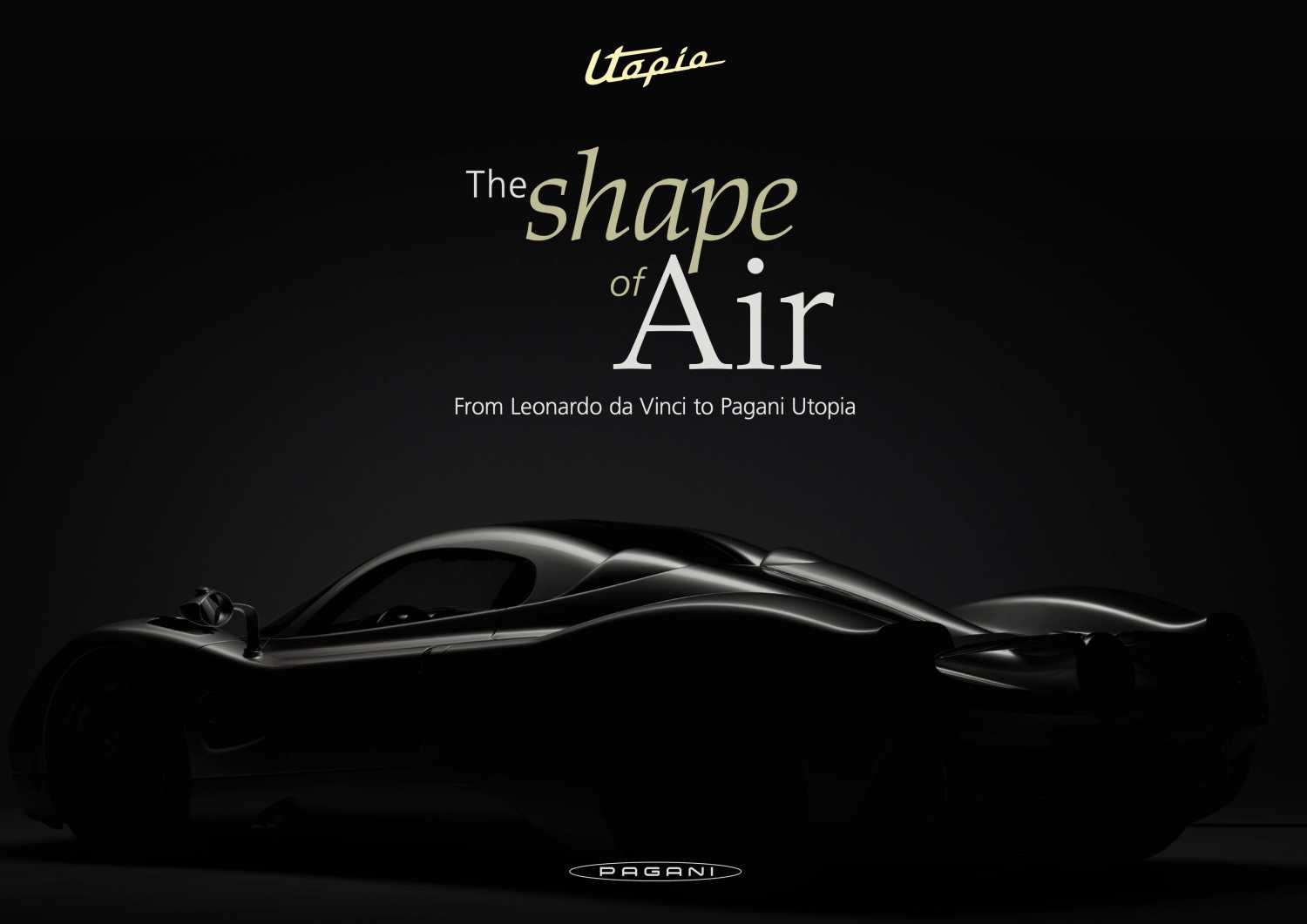
- From March 4th to April 14th, Pagani Automobili is presenting the temporary exhibition “The Shape of Air: from Leonardo da Vinci to Pagani Utopia” at the Shanghai Museum. The exhibition aims to recount Leonardo’s influence in the genesis of the Hypercar that marked the third chapter in the history of the Modena-based company.
- This showcase is part of the larger art show “Who is Leonardo da Vinci?” which features original works of extraordinary value by Leonardo, to stimulate a conversation about Leonardo, encompassing his paintings, drawings, disciples, and masterpieces of Chinese art from the 10th to the 16th century.
- On March 4th, Horacio Pagani will attend the temporary exhibition opening.
- On display will be one of the most iconic models in the history of Pagani Automobili: the Zonda Cinque.
The exhibition represents the third stage of a journey that commenced in Milan at the Museo Nazionale Scienza e Tecnologia Leonardo da Vinci and continued in Vinci.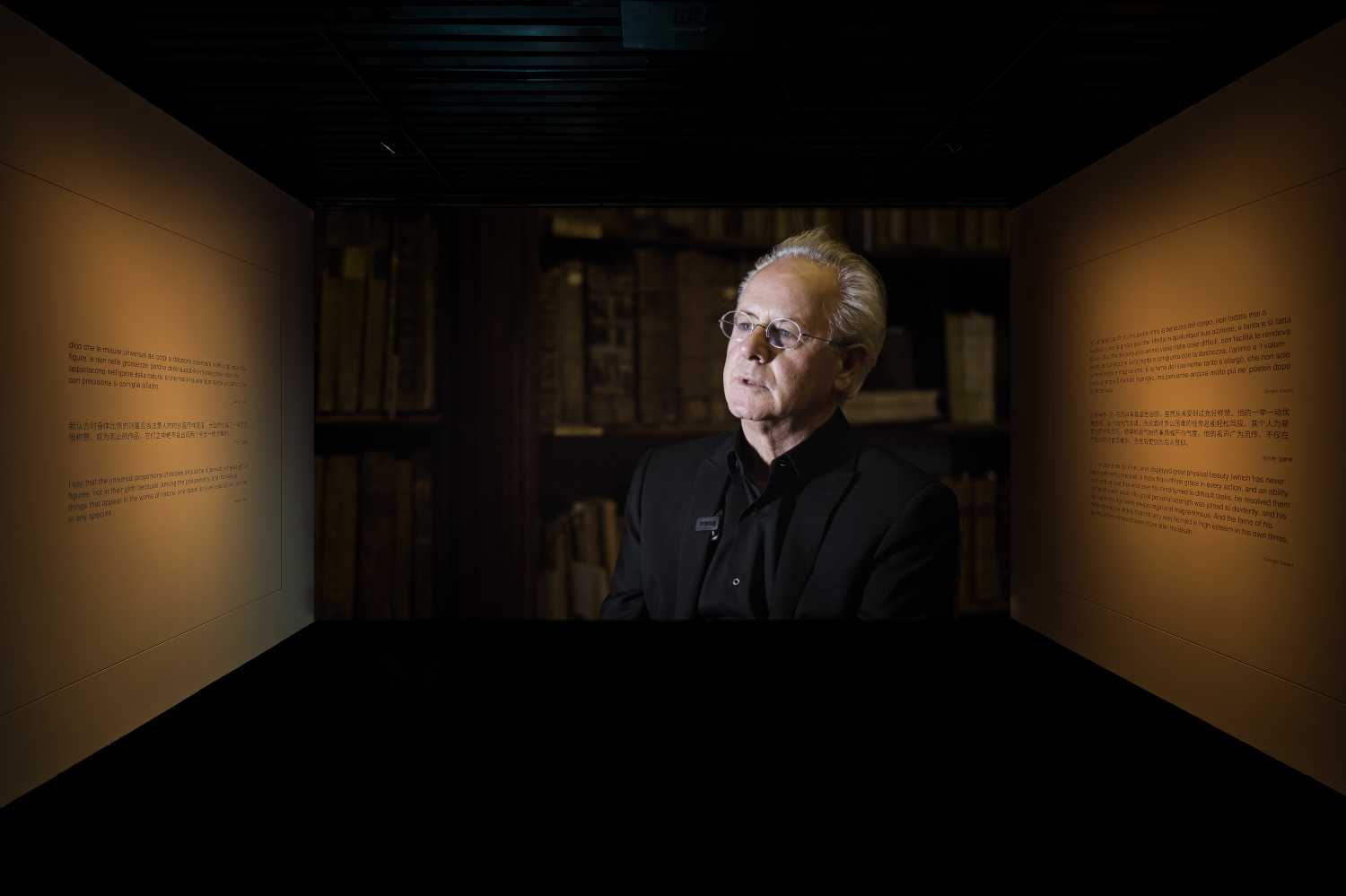
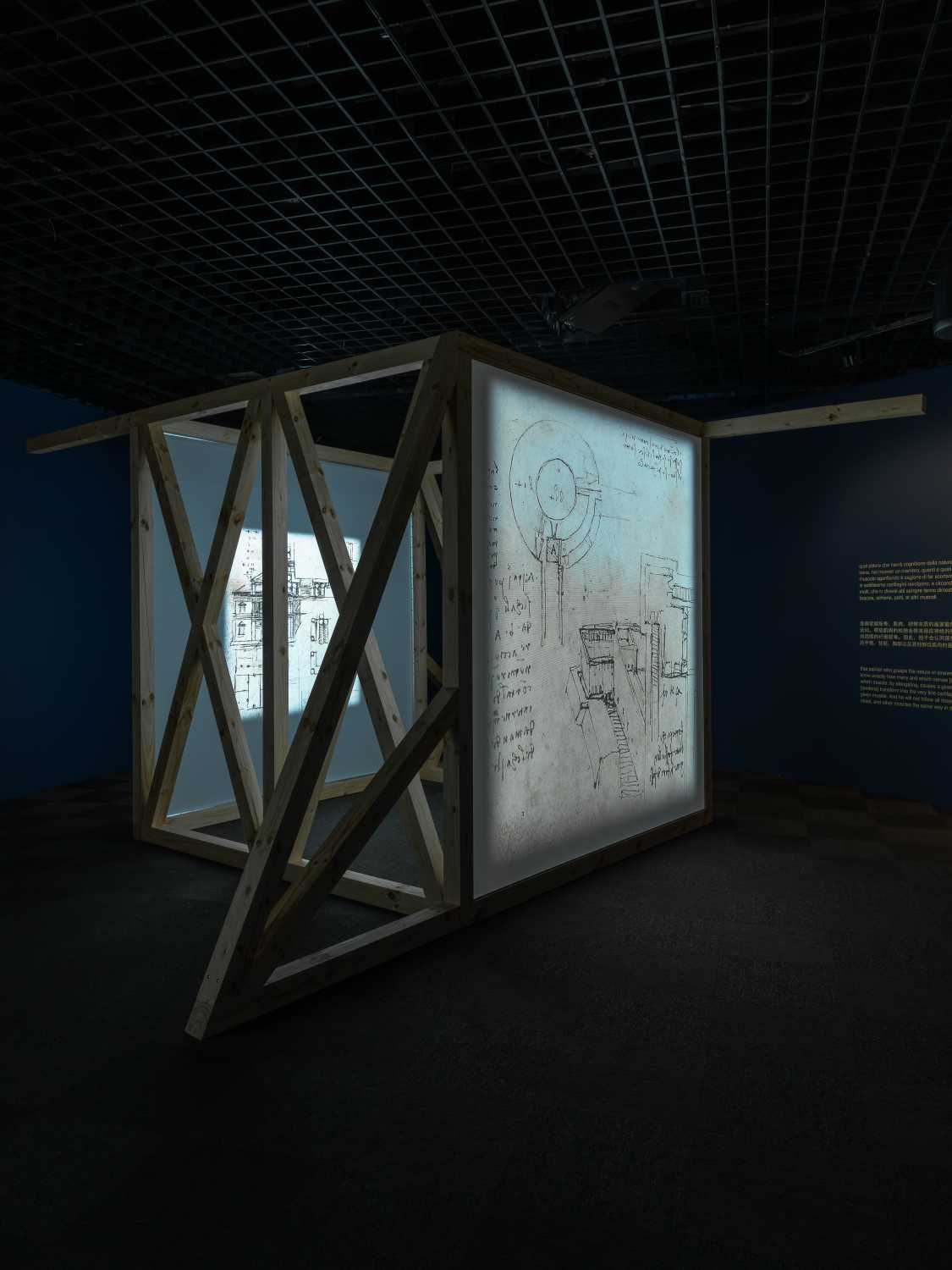
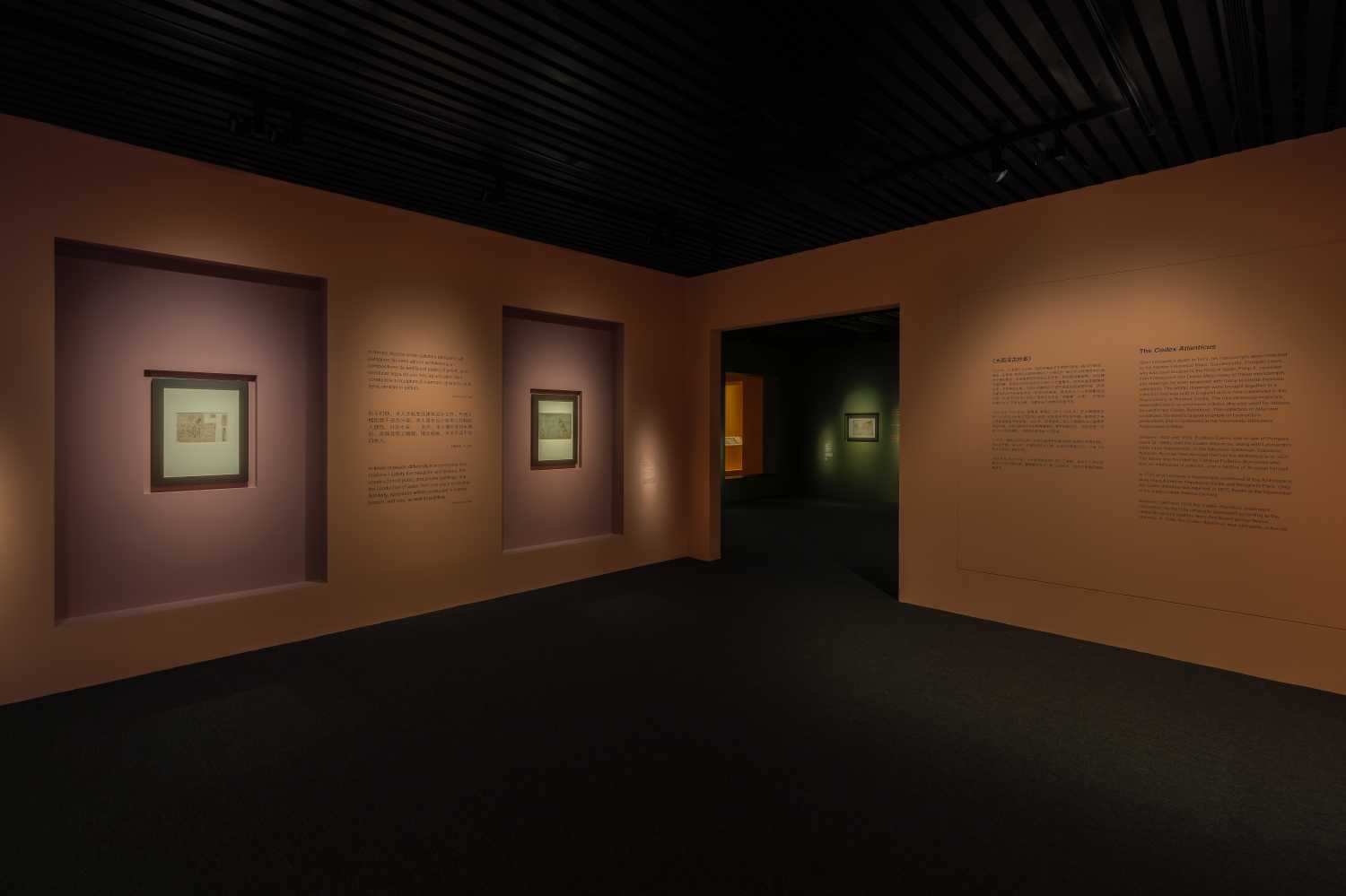
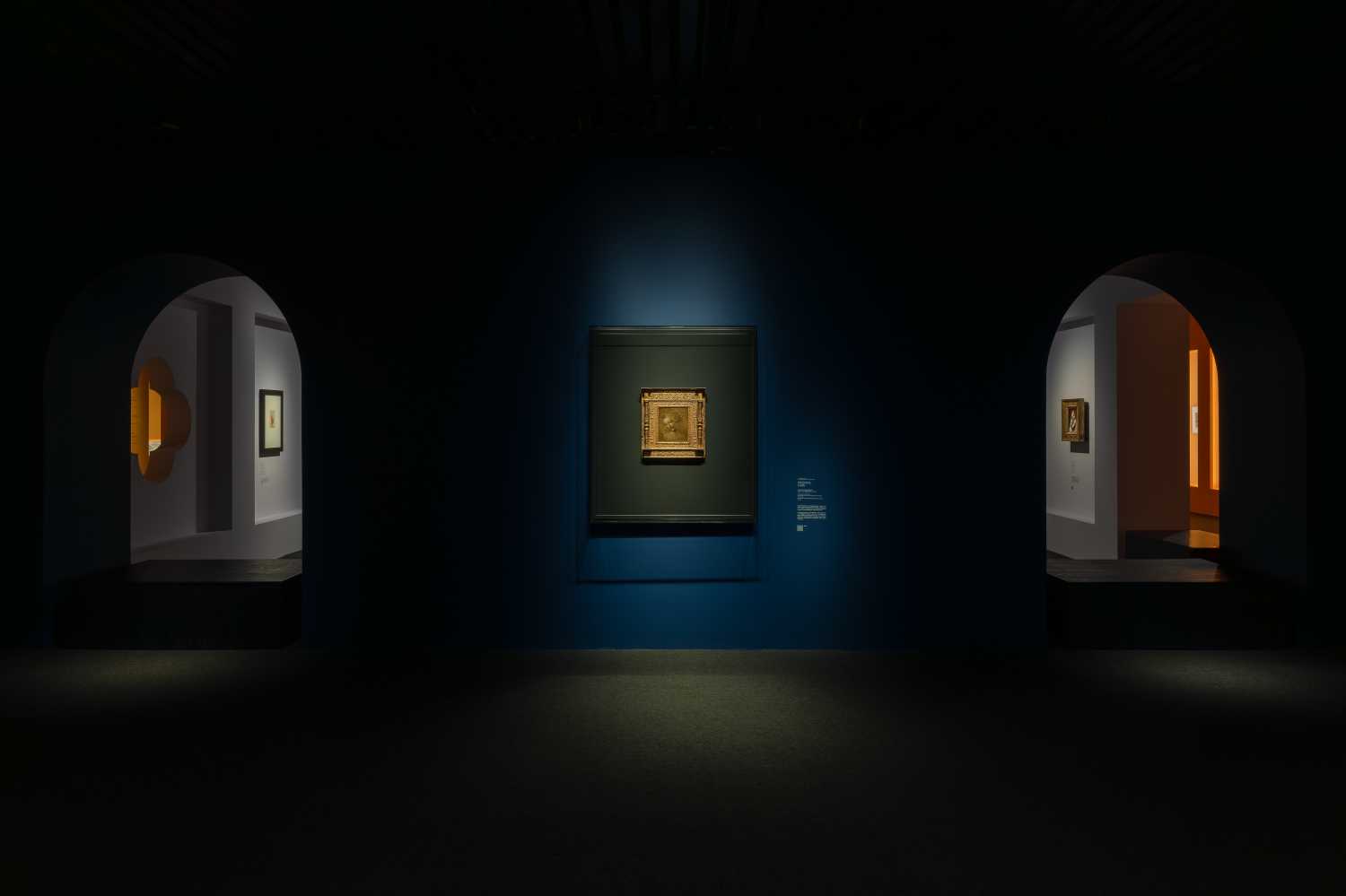
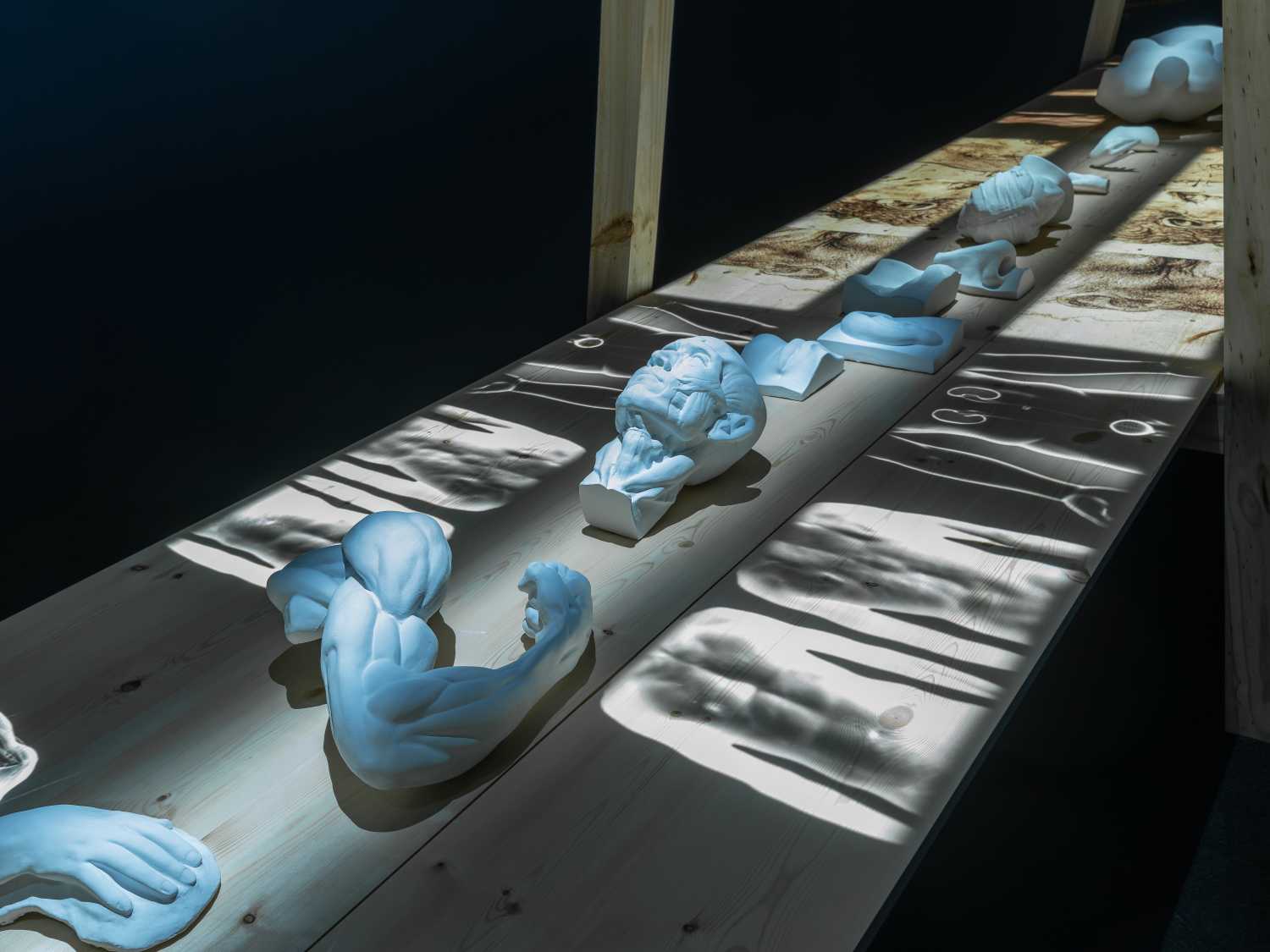 San Cesario sul Panaro, February 27th, 2024 – From March 4th to April 14th, Pagani Automobili is bringing the temporary exhibition “The Shape of Air: from Leonardo da Vinci to Pagani Utopia” to the Shanghai Museum, the most prominent museum institution in the Shanghai municipality.
San Cesario sul Panaro, February 27th, 2024 – From March 4th to April 14th, Pagani Automobili is bringing the temporary exhibition “The Shape of Air: from Leonardo da Vinci to Pagani Utopia” to the Shanghai Museum, the most prominent museum institution in the Shanghai municipality.
«Italian cars continue to captivate entire generations because they are equipped with a special engine: a flawless fusion of science and art that has always fueled Italian creativity, exemplified by the brilliance of Leonardo da Vinci. i. Consequently, showcasing the exquisite cars crafted by Horacio Pagani at the Shanghai Museum, within the grand exhibition dedicated to Leonardo, signifies presenting the Chinese audience with a palpable testament to our prowess in conceiving, crafting, and bestowing substantive value upon human ingenuity, and consequently, upon our very existence.» (Tiziana D’Angelo, Consul General of Italy in Shanghai)
“The Shape of Air: from Leonardo da Vinci to Pagani Utopia” takes place within the framework of the Italian Design Day, the annual initiative launched by the Italian Ministry of Foreign Affairs and International Cooperation, in collaboration and with the support of the Ministry of Culture, this year centered around the theme “Manufacturing Value: inclusiveness, innovation and sustainability”.
On the first floor, the temporary exhibition will delve into Leonardo’s pivotal role in creating the Utopia, the Hypercar that marked the third act in the history of Pagani Automobili. A fearless pursuit of beauty guided the research to find the delicate balance between form and function, a mission inherent to every designer. This principle aligns with the statement of the Renaissance artist-scientist who has always inspired the work of Horacio Pagani and his team: «Art and Science are two disciplines that can walk hand in hand.»
The entire evolution of the car will be narrated as if it were a living creature, from the initial original sketches to its most representative components: the lever system of the gearbox, the pedal assembly, the four exhausts, the optical groups, the steering wheel, the central console, the wheel, the Pirelli tire, and the front hood.
On the ground floor, visitors will be able to relive the essential moments of Pagani Automobili’s history through the section “The Story of a Dream”, tracing the journey of Horacio Pagani from the boy who crafted balsa wood models in Argentina to the designer and builder of some of the most beloved automobiles of the last decades.c
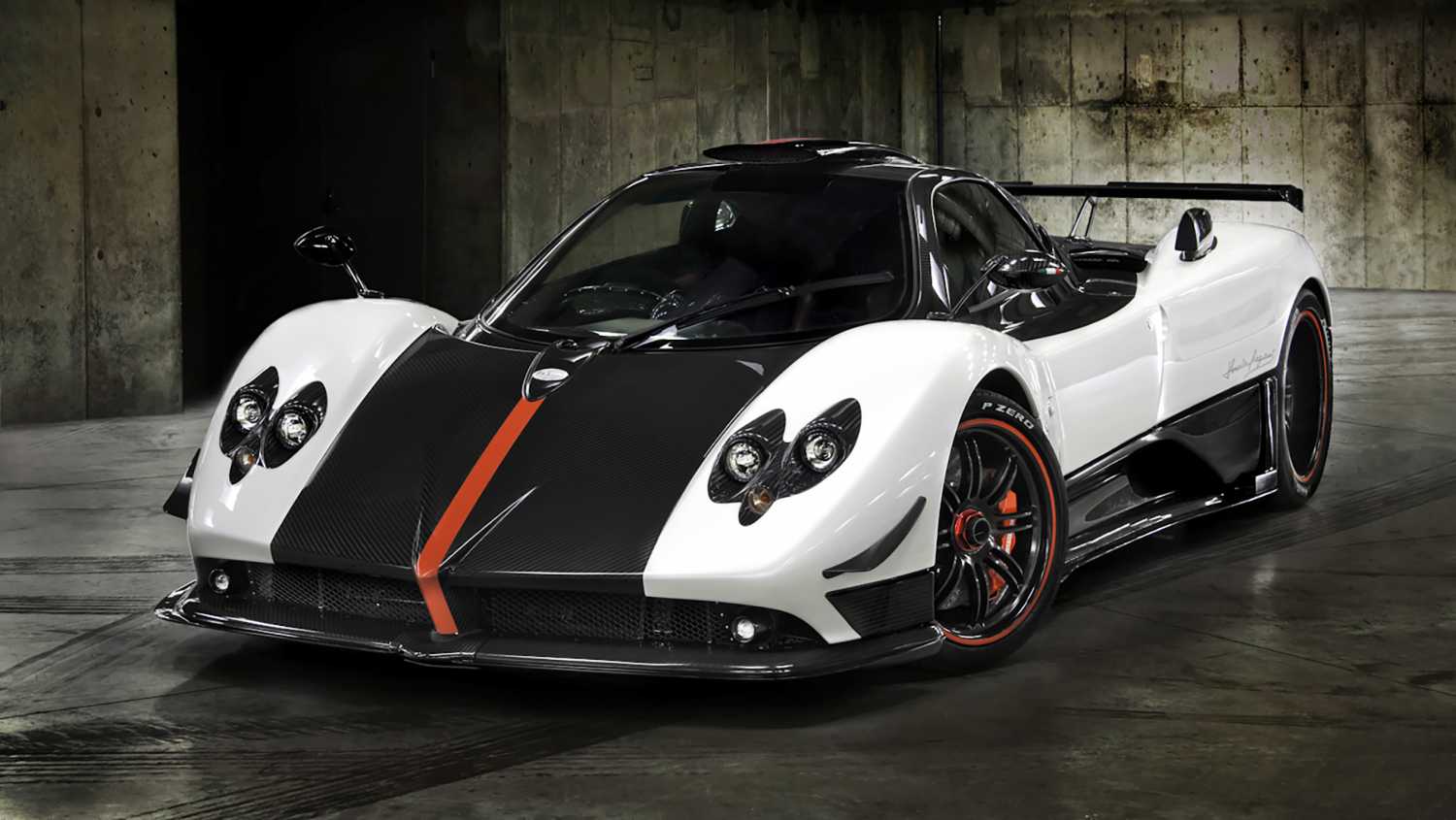
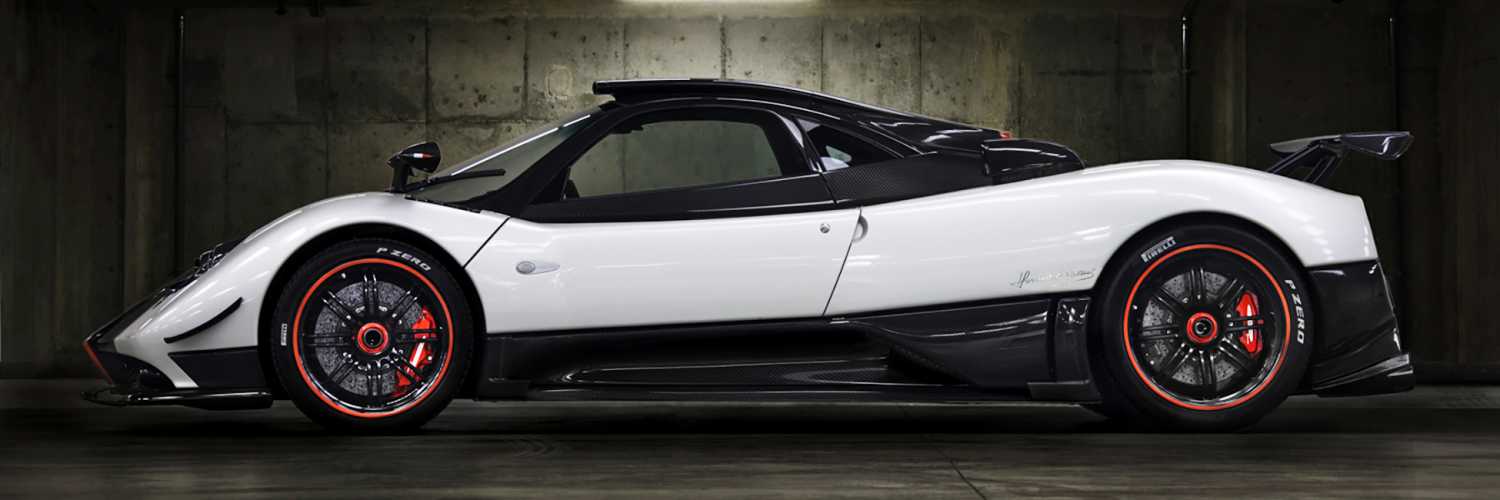
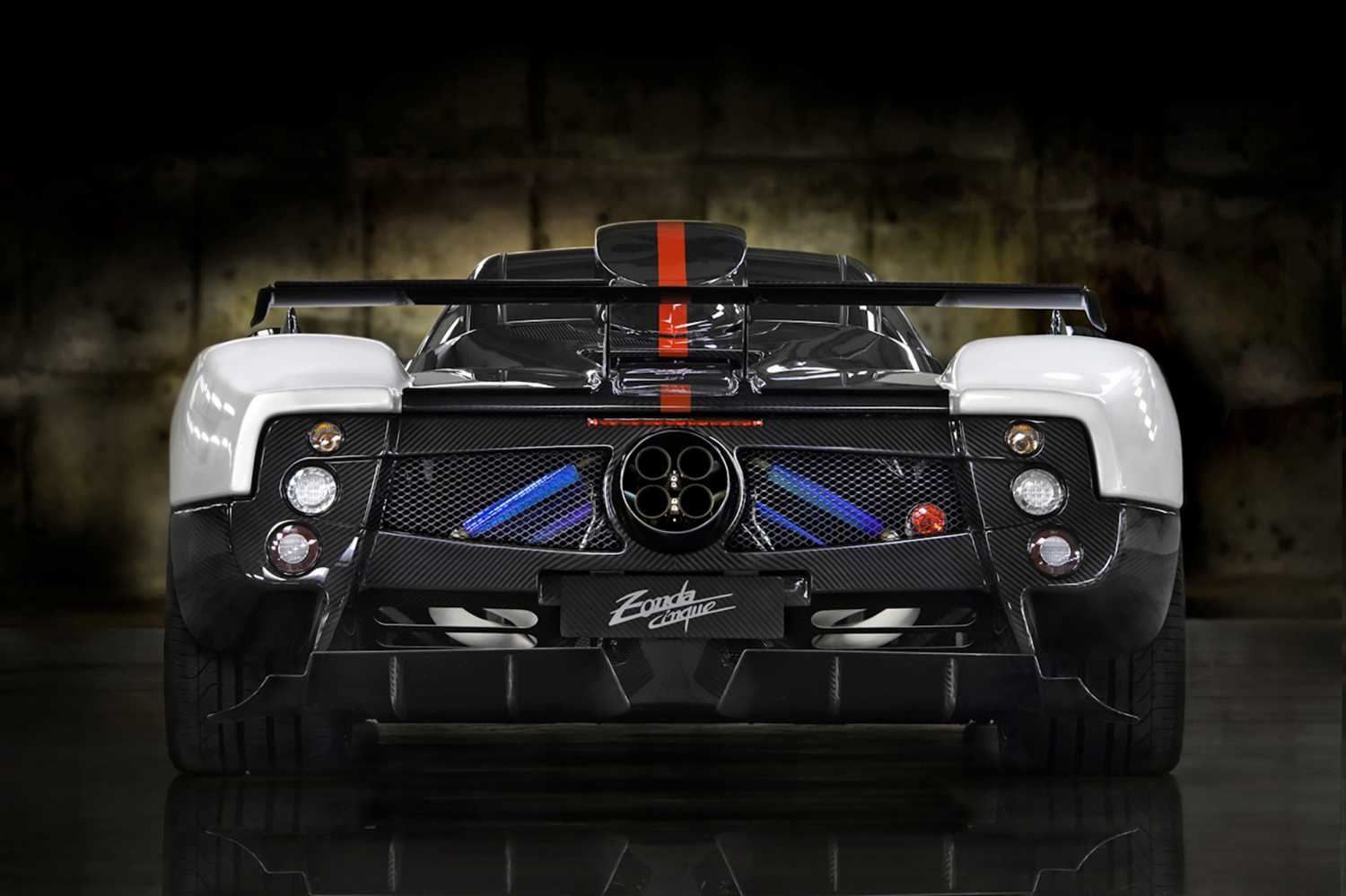
“Who is Leonardo da Vinci?” – Original works by Leonardo in Shanghai
Alongside the temporary exhibition, the showcase “Who is Leonardo da Vinci?” is dedicated to the great artist, his paintings, and drawings, juxtaposing his works with some masterpieces of Chinese art from the 10th to the 16th century, preserved within the collections of the Shanghai Museum.
The protagonist of the exhibition is La Scapiliata, an autographed work by Leonardo from the National Gallery of Parma (Monumental complex of Pilotta).
The exhibition also features eleven precious original folia from Leonardo’s Codex Atlanticus and works by his disciples, including two drawings by Giovanni Antonio Boltraffio, a drawing by Francesco Melzi, and a painting by Bernardino Scapi (known as Luini), all from the Veneranda Biblioteca Ambrosiana in Milan.
Additionally, two drawings by Michelangelo, a contemporary of Leonardo, come from Casa Buonarroti in Florence.
The Italian collection engages in a dialogue with some masterpieces from the Shanghai Museum, works by illustrious Chinese painters such as Zhao Yong (c. 1289–1369), Shen Zhou (1427–1509), and Tang Yin (1470–1523).
The section “Leonardo: the Machine of Imagination” enriches the exhibition. It is a contemporary artwork animated by a series of installations (Observations on Nature, City and Landscape, Anatomical Table, and Painting) conceived by Studio Azzurro, one of the most renowned European collectives in artistic research with the languages of new technologies, and produced by the Istituto della Enciclopedia Italiana-Treccani. Set design, video art, and sounds contribute inseparably to stimulating the power of imagination in every visitor.
«Leonardo da Vinci is defined as the ‘universal man’ because he has influenced every discipline, from art to science. His figure represents the ideal to which each of us should aspire, not only for his eclectic skills but especially for human qualities such as humility, curiosity, and a passion for research. In particular, Leonardo was one of the first to advocate that art and science can walk together, hand in hand, and that the distance between the two disciplines is only apparent. This concept is significant because it can inspire a new way of interpreting any human activity and allows for the creation of truly universal achievements.» (Horacio Pagani, Founder & Chief Designer of Pagani Automobili)
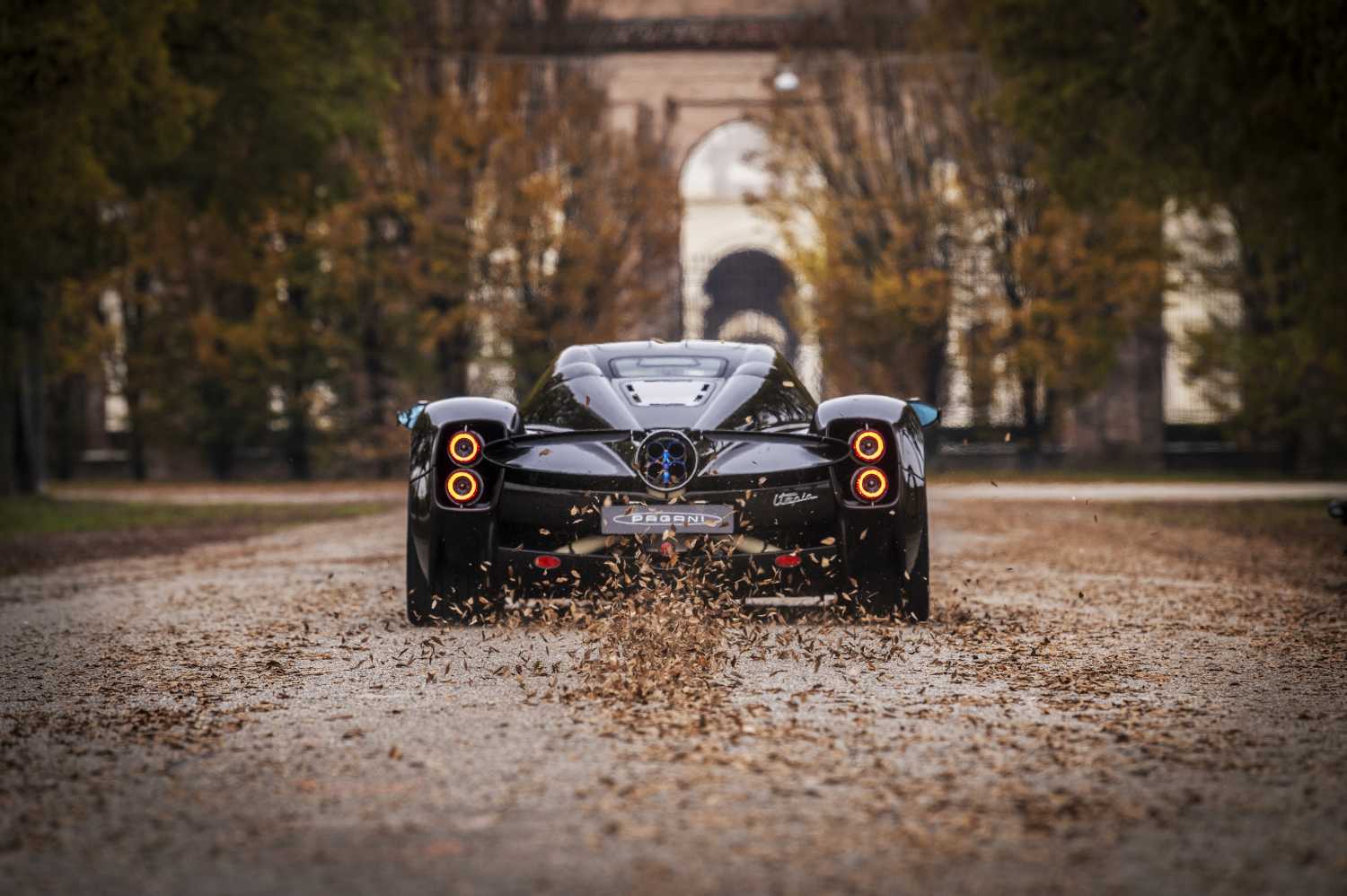
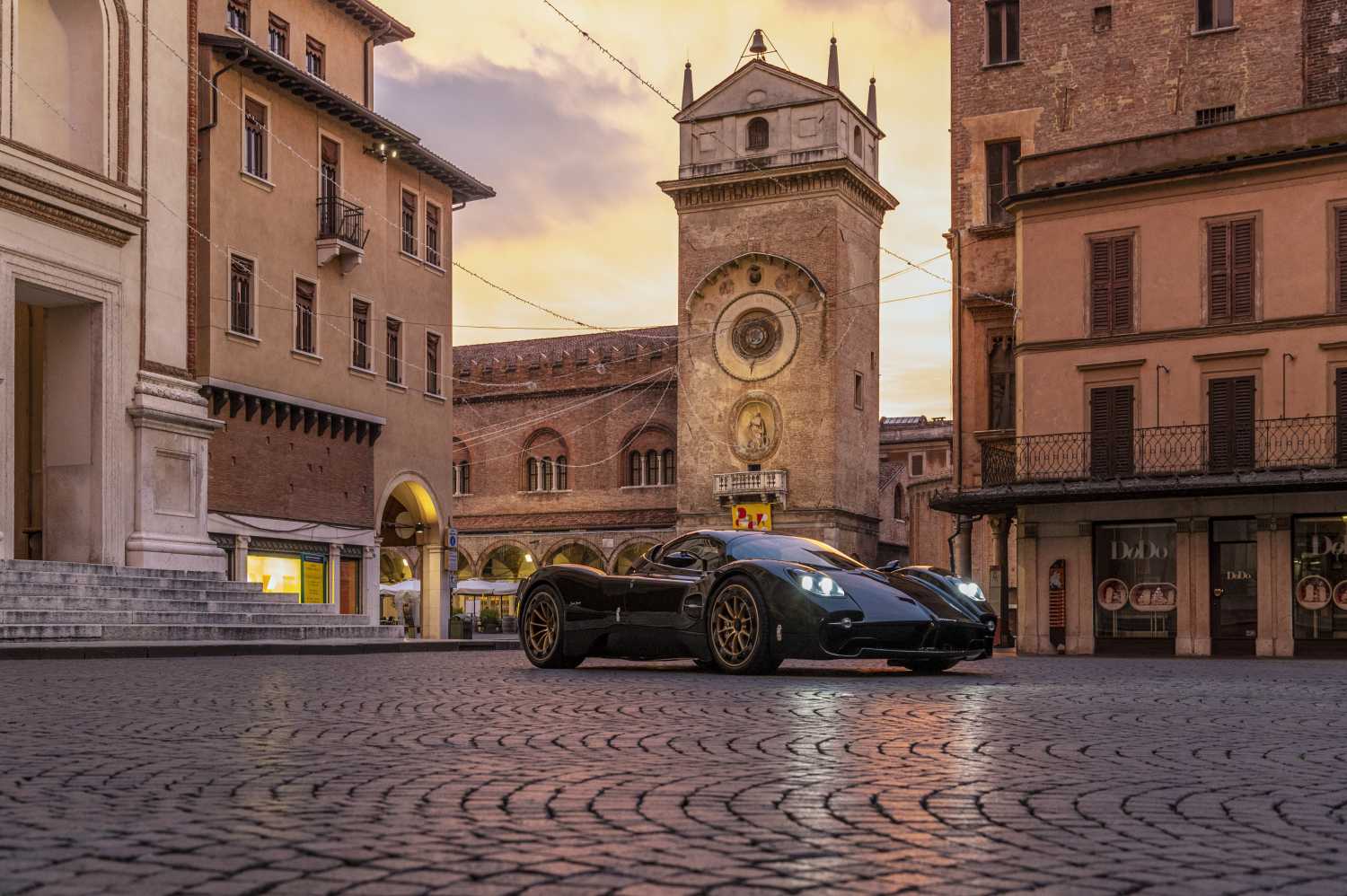
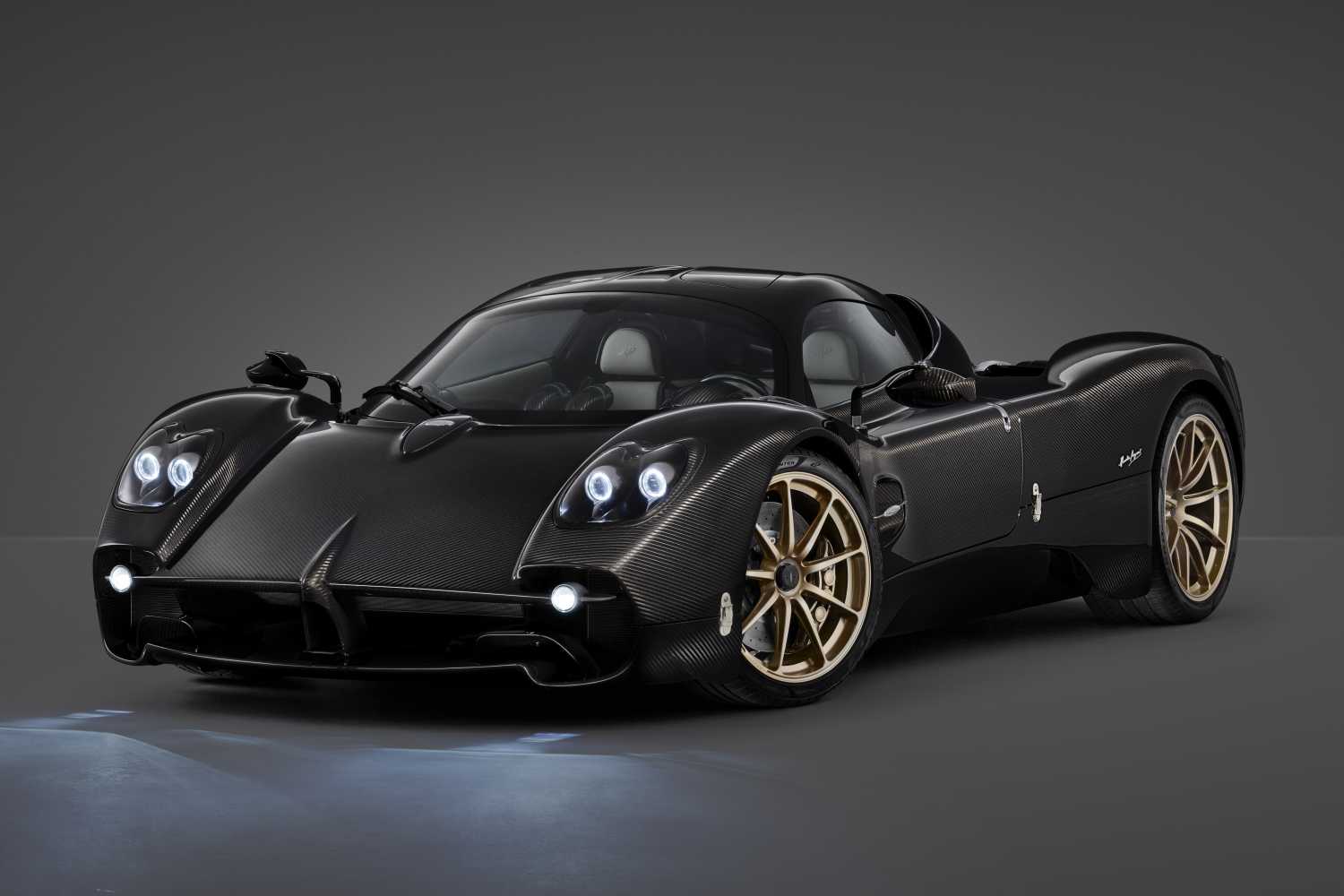
«Leonardo da Vinci continues to fascinate and inspire entire generations thanks to his genius. It is with great pride that Treccani, always committed to promoting Italian culture and art worldwide, has cooperated in this project in collaboration with the Shanghai Museum, the most prestigious museum institution in the Municipality of Shanghai, with the support of the Italian Embassy in the People’s Republic of China, the Consulate General, and the Italian Cultural Institute in Shanghai. The exhibition, the result of the work of an Italo-Chinese curatorial committee involving the directors of partner institutions and high-profile international experts, seeks to answer the fundamental question: ‘Who is Leonardo da Vinci?’ Exploring multiple aspects of the personality and work of the encyclopedic genius, the exhibition features significant loans generously provided by the Veneranda Biblioteca Ambrosiana in Milan, the Monumental complex of Pilotta in Parma, and Casa Buonarroti in Florence.» (Massimo Bray, General Director of the Istituto della Enciclopedia Italiana-Treccani)
«The underlying aspiration of this exhibition on Leonardo da Vinci, which ideally engages with Chinese painting at the Shanghai Museum, is to believe that no people have a monopoly on knowledge or contributions to the realms of experience. The outcomes of human inquiry are mutually recognized and honored, thereby following the spirit of unity that naturally tends to bring together rather than separate, divide, and oppose, always and everywhere.» (Francesco D’Arelli, Director of the Italian Cultural Institute in Shanghai)
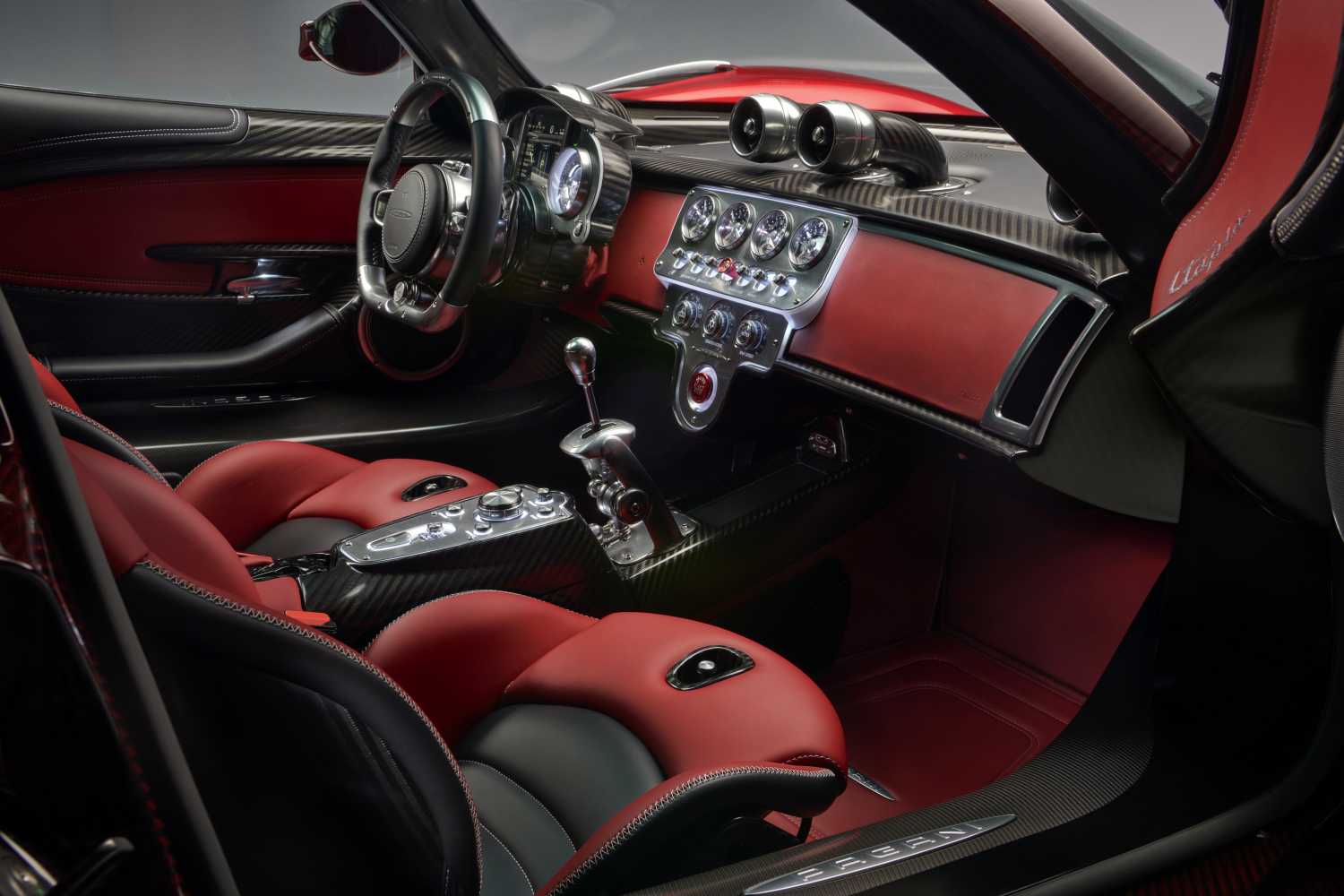
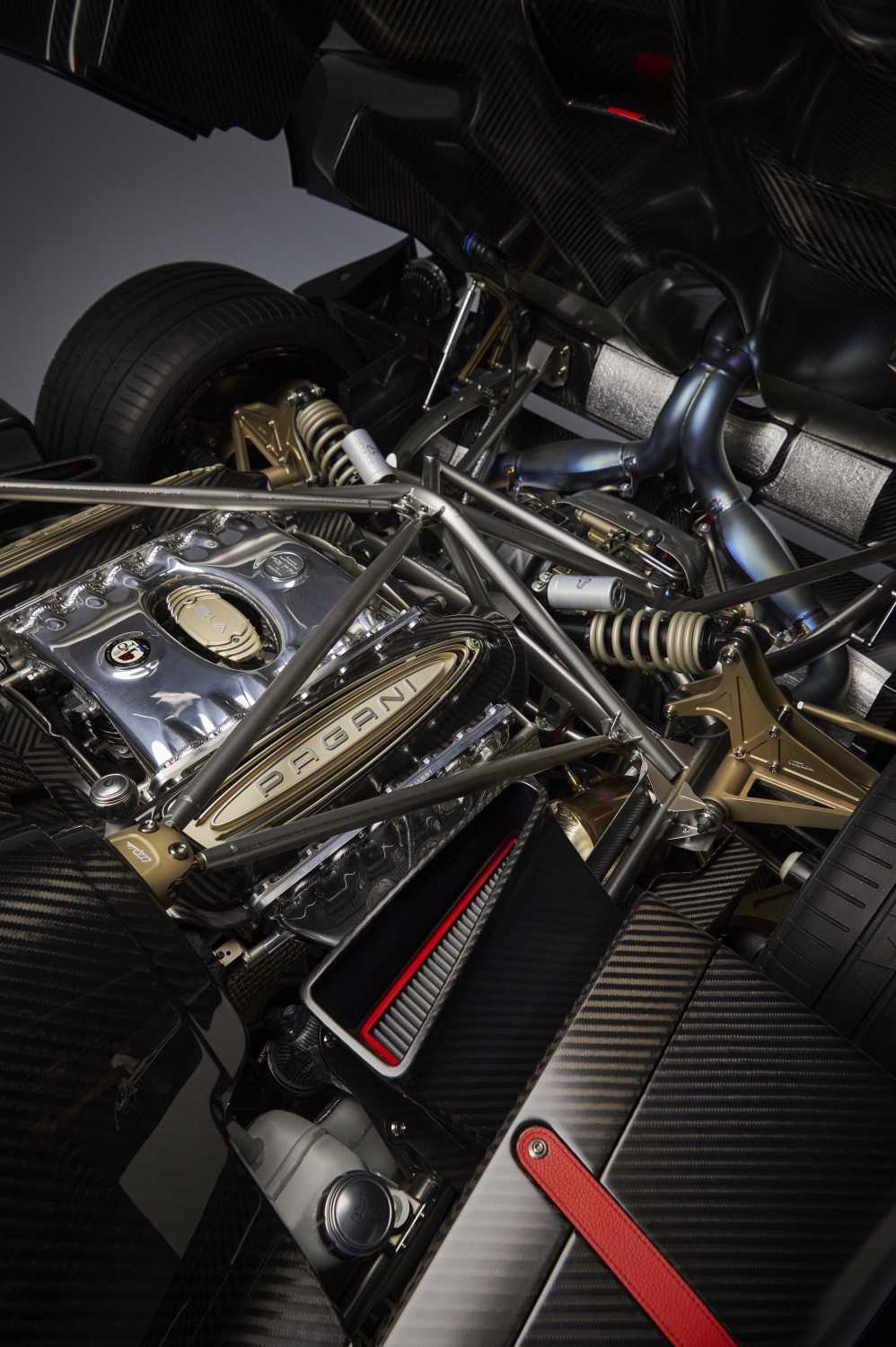
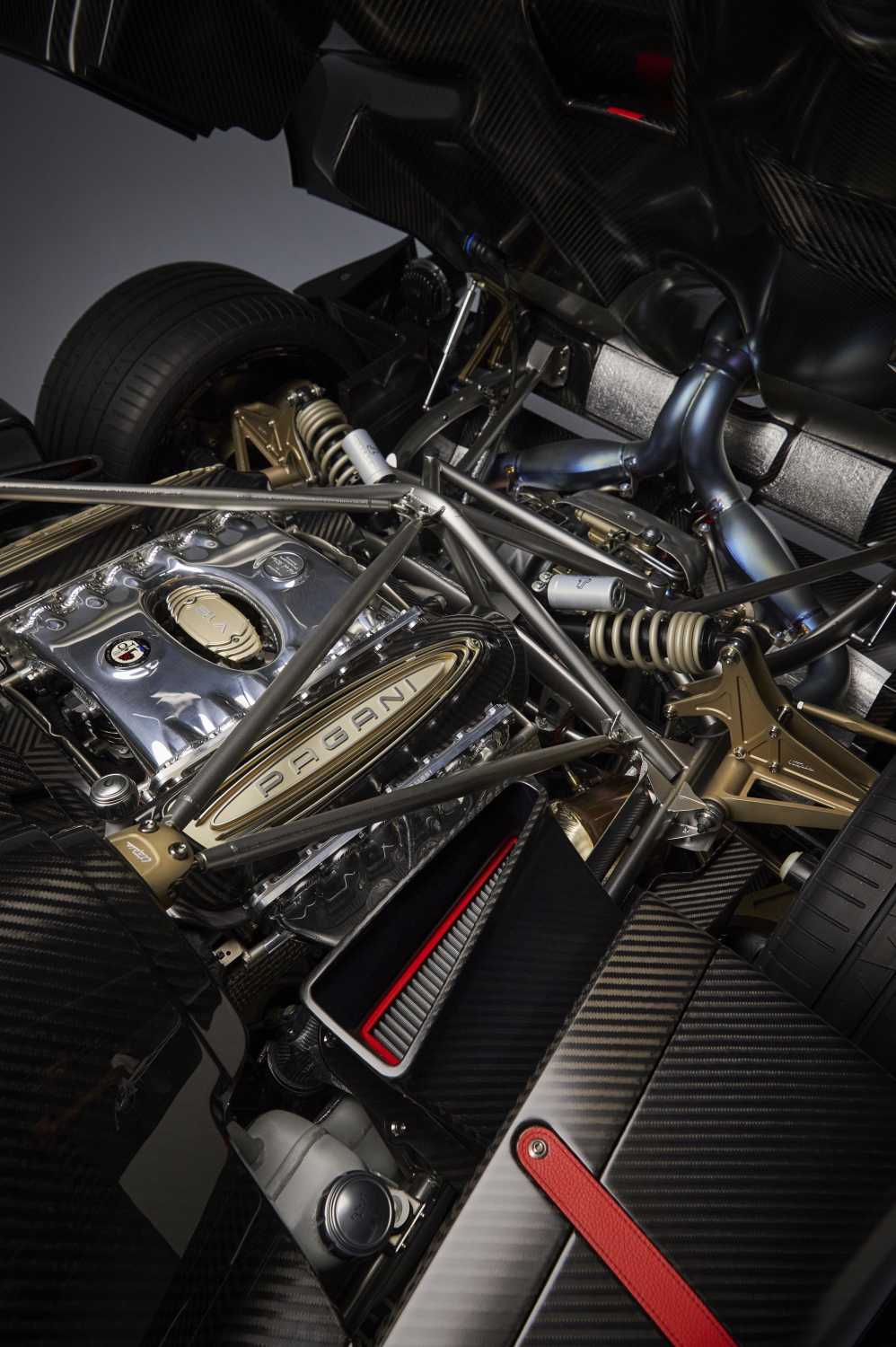
Horacio Pagani at the exhibition’s inauguration
On March 4th, Horacio Pagani will be in Shanghai to inaugurate the exhibition and share insights into the enduring influence that the undisputed genius of the Renaissance has always had on his and his team’s work. Pagani Automobili is indeed a creative Atelier where a community of people engages in the exercise of thought and manual skill every day, aligning with Leonardo’s philosophy, which illuminates the path to solving the great complexities of mechanics. Pagani’s ambition is to create bespoke objects that aim to achieve the pinnacle of synthesis between technological innovation and aesthetic pleasure.
An iconic model from the history of Pagani Automobili is on display: the Zonda Cinque
Unveiled at the Geneva International Motor Show in 2009, the Zonda Cinque was designed to be the most extreme road-legal Zonda ever, limited to just five units. The project drew inspiration from the technological advancements of the Zonda R, a wild and innovative vehicle exclusively designed for the track. The Zonda Cinque is the first road car to adopt a carbo-titanium chassis, offering numerous advantages in terms of lightness, strength, and performance. It inherits aerodynamic solutions from the Zonda R, such as air intakes on the hoods and roof, along with new front spoilers, a redesigned adjustable rear wing, a flat bottom, and modified rear diffusers. The combination of these features allows the Cinque to generate an aerodynamic load of 750 kg (1653 lbs) at 300 km/h (186 mph). The pronounced racing appearance is also evident in the wheels, featuring single-nut fastening and black or anodized finishes, and in the seats with four-point harnesses, along with a chromoly steel roll bar coated in carbon fiber. For the first time, a Zonda is equipped with a 6-speed sequential automated gearbox. The interiors are designed to maximize driving pleasure, with ergonomic paddles behind the steering wheel and redesigned control instruments for the highest level of precision. The distinctive livery and colors of the Zonda Cinque reflect Pagani’s constant commitment to creating a sophisticated blend of style, research, and technological development.
On display, the Zonda Cinque Coupé 1 of 5, from the year 2009, featuring an exterior in New York pearl white with red accents, showcasing the distinctive Cinque livery and fully visible carbon fiber. The interior is designed with black leather and Alcantara.
The journey of “The Shape of Air”, from Milan to Vinci to Shanghai
The exhibition “The Shape of Air: from Leonardo da Vinci to Pagani Utopia” is the third stage of a journey that began in Milan, continued in Leonardo’s hometown, and has now reached Asia.
«In 2022, on the occasion of the world premiere of the Pagani Utopia, the Museo Nazionale Scienza e Tecnologia Leonardo da Vinci in Milan hosted the exhibition “The Shape of Air”. Inside the evocative Sala del Cenacolo, the new Hypercar was displayed surrounded by six original drawings by Leonardo da Vinci, creating a dual path: on one side, the extraordinary intelligence of a man capable—six centuries ago—of representing even the invisible through a series of sheets taken from the Codex Atlanticus, dedicated to studies on air and their application; on the other side, the thoughts that led the designer Horacio Pagani and his team to conceive the Utopia project. In 2023, in Vinci, the eponymous book was presented, a work that aims to delve into the Utopia project and the connection between the Renaissance artist and the element of air. The next chapter will unfold at the Shanghai Museum, where the exhibition “The Shape of Air” will accompany the display “Who is Leonardo da Vinci?” This union of Art and Science offers a unique visiting experience: Leonardo’s multifaceted and curious mind is an example of boundless genius, while the Utopia project embodies ingenuity in automotive design. Both represent mastery, vision, and innovation, demonstrating that these extraordinary skills transcend epochs and disciplines.» (Luigi Ganzerli, Communication Supervisor & Project Manager of Pagani Automobili)
You can find more information about the unveiling event of the Pagani Utopia at this link.
You can discover the details of the publication Utopia. The Shape of Air — From Leonardo da Vinci to Pagani Utopia by Pietro C. Marani, Robert Puyal and Horacio Pagani at this link.
You can find more information about the Pagani Utopia at this link.
